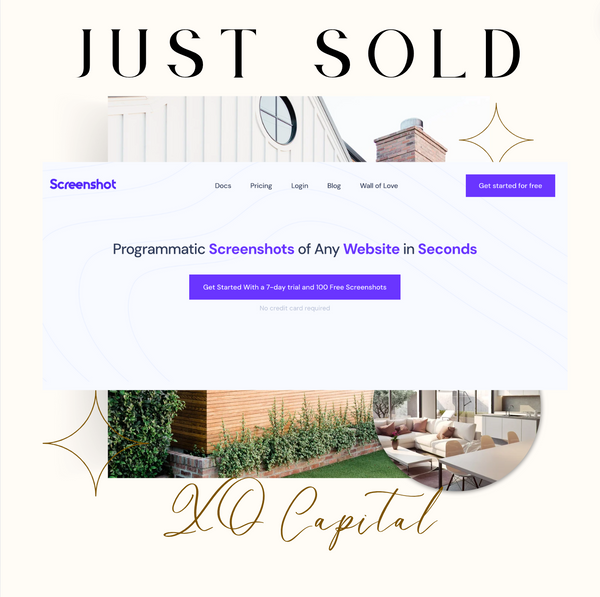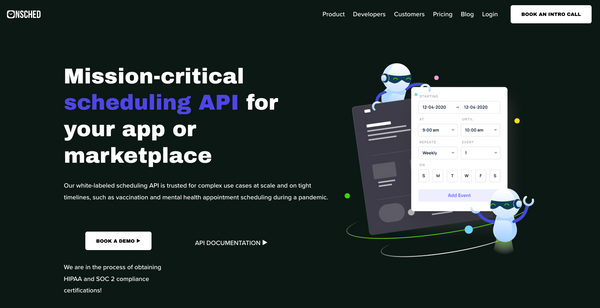v2

XO V1 concluded with 10 acquisitions and 1 "fund".
The V1 "conclusion" is really a line in the sand but it feels right as we continue to offload assets to focus on larger deals using outside capital. This will transition us into v2 which we're still modeling out.
Last week I explored some fun ideas we could execute on with our community.
This week I want to explore another angle that's going to look a lot more like venture capital.
Problem
What problem are we trying to solve? Capital allocation is a lot harder than it looks. You have to do it efficiently, quickly, and you also have to do it correctly. If you don't make a return on the capital, you're not an allocator. So, our problem is that operating multiple businesses in parallel is brutal. So in our 2.0 model, we need other people need to operate the business. It's not practical for 3 people to run N businesses. N for us was 6 at one point, and that was bonkers.
We can do 2-4 fairly easily, especially if we get our heads around the business for 1-3 months either along side an "operator" or hire an "operator" after the acquisition. We're using the term operator loosely. A lot of times these small products don't need a CEO. They need a developer. They need a sales person. They need a marketer. But not necessarily a CEO.
Venture-esq Solution
Buying micro saas is no longer niche. There are dozens of marketplaces now, and maybe 50+ XO-like companies. In some ways this is good. The market gets more liquid. In some ways it's bad. Multiples come down. Good deals are harder to find. 5-10 years ago this space was a no-mans land. A "blue ocean". I don't feel that way today (although I'm aware of the Baader-Meinhof phenomenon, also known as frequency illusion. It's when you notice something more often after just being introduced to it, making it seem like it's suddenly everywhere).
So where are the gaps in the market?
One gap seems to be around tiny venture. Companies like tiny seed are doing this in a way. Basically, can a company raise just one round and keep going? Or a smaller round and then never raise again?
My thought is that actually there are plenty of companies and products that would love to exit in the short term. So the pitch to founders would be something like this:
- We'll invest, and target 5-10% ownership
- We'll actively help you package your company up over the next 12 months
- We'll help you sell when you're ready (roughly 1 - 3 years from the time of investment).
This is venture capital (on the extremely small side). It's closer to angel investing which can be a completely different category than venture.
For example: A company is growing, will get to $1M ARR at year end, and wants to sell as soon as they hit $1M ARR. This is super reasonable for the founders who presumably own a majority of the shares. This deal is untouchable by traditional venture capital (let's say $50M fund size and higher), but might be very interesting for angel investors.
So there may be a play here for XO to come in with some cash, build up a 5% to 10% equity position, and actively help the founders sell the business when the timing is right.
It may be a weird mix of angel investing and being a broker.
This would remove us as operators but also give us similar financial outcomes. It's also easier to make several bets like this in parallel.
Of course we'd still do full buyouts where it made sense but this might be another experiment worth running.
It's a simpler pitch to investors. "We're like VC but with a <4 year fund life". It's compelling. People want access to venture, but understandably don't want their $ tied up for 10+ years.
Thoughts?





